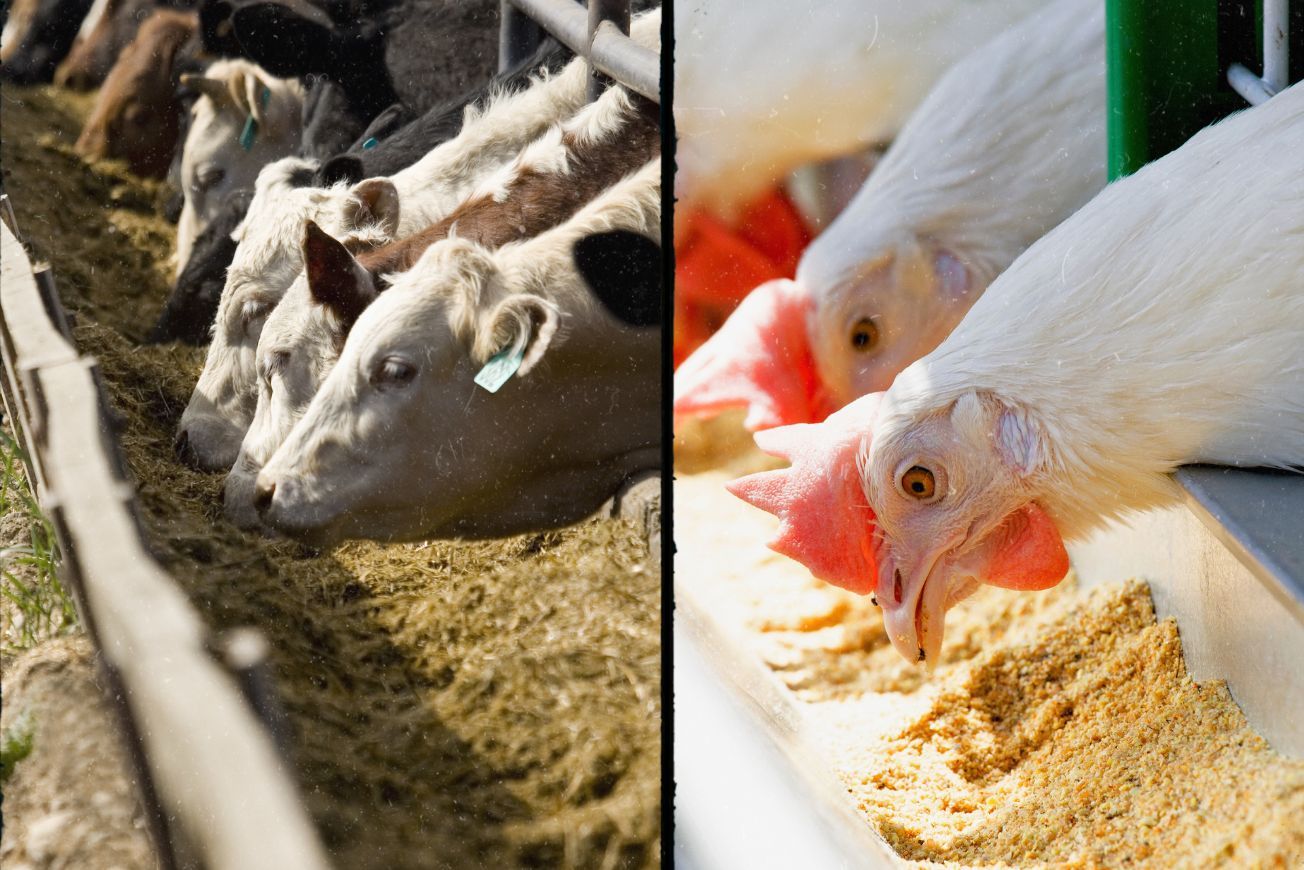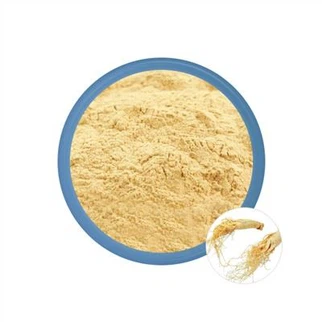In the growing field of animal nutrition, natural antioxidants are becoming increasingly important for improving animal health, feed quality, and productivity. Among the top natural compounds gaining attention is carnosic acid, a potent antioxidant extracted primarily from rosemary (Rosmarinus officinalis). Carnosic acid not only enhances the oxidative stability of animal feed but also supports overall animal well-being through its anti-inflammatory, antimicrobial, and immune-boosting properties. However, one of the most discussed aspects of this ingredient is its price-and whether its value justifies the cost.
This article explores the value of carnosic acid in animal nutrition, the factors influencing its price, and why its use is expanding across livestock, poultry, aquaculture, and pet nutrition industries.
What Is Carnosic Acid?
Carnosic acid is a phenolic diterpene naturally found in rosemary leaves. It is known for its powerful antioxidant activity, comparable to or even stronger than synthetic antioxidants such as BHT (butylated hydroxytoluene) and BHA (butylated hydroxyanisole). Unlike synthetic compounds, carnosic acid is natural, safe, and biodegradable, making it a preferred choice for sustainable feed formulations.
Chemically, carnosic acid works by scavenging free radicals and inhibiting lipid peroxidation-two key mechanisms that protect animal feed from oxidative damage. This preservation effect extends the shelf life of feed ingredients such as oils, fats, and fat-soluble vitamins, which are highly susceptible to oxidation.

The Growing Importance of Natural Antioxidants in Animal Feed
Modern feed production faces challenges from oxidative degradation, nutrient losses, and stress-induced health issues in animals. These problems can reduce productivity and increase the need for medical intervention.
Synthetic antioxidants like BHT and ethoxyquin have traditionally been used to prevent feed oxidation, but rising concerns about their potential toxicity and residue accumulation have led to tighter regulations and a shift toward natural alternatives.
Natural antioxidants such as carnosic acid and carnosol (another compound in rosemary) are now widely used because they:
- Prevent rancidity and oxidation of feed fats.
- Support immune defense by reducing oxidative stress.
- Improve feed palatability and nutrient retention.
- Enhance the overall health and performance of animals naturally.
This rising demand for natural, clean-label feed additives has made carnosic acid an important component of modern, sustainable animal nutrition strategies.

Factors Influencing the Price of Carnosic Acid
The price of carnosic acid can vary significantly depending on several factors, including:
Raw Material Quality
Carnosic acid is extracted from rosemary leaves, and the concentration of active compounds depends on the plant's origin, harvest season, and processing methods. High-quality rosemary grown in controlled conditions yields a purer and more potent extract, increasing production costs.
Extraction and Purification Process
Producing carnosic acid involves solvent extraction, purification, and concentration, which require advanced equipment and expertise. The purity level (e.g., 20%, 50%, or 90% carnosic acid) directly affects the cost. Higher-purity grades are more expensive due to the additional processing required.
Market Demand and Supply
As the use of natural antioxidants increases across food, cosmetics, and animal feed sectors, demand for carnosic acid continues to grow. Seasonal fluctuations in rosemary production and global market trends can also impact pricing.
Formulation Type
Carnosic acid can be sold as pure extract, oil-soluble powder, or encapsulated form. Encapsulated and stabilized forms often command a higher price due to better stability and ease of incorporation into feed or food products.
Geographic and Trade Factors
Transportation, import regulations, and tariffs influence prices across regions. China and Spain are major suppliers, but logistical factors and quality control variations may affect the final market cost.
Value of Carnosic Acid in Animal Nutrition
While carnosic acid may be more expensive than synthetic antioxidants, its value lies in its multifunctional benefits-both for feed stability and animal health.
Improved Feed Stability
Carnosic acid prevents oxidation of lipids, proteins, and vitamins, maintaining feed freshness and nutrient quality over time. This stability minimizes feed waste and ensures consistent nutrition delivery.
Enhanced Animal Health and Performance
Studies show that carnosic acid supplementation can improve antioxidant enzyme activity (such as superoxide dismutase and glutathione peroxidase) and reduce oxidative stress markers in animals. This leads to:
- Better immune response
- Improved growth rate and feed efficiency
- Enhanced fertility and reproductive performance
Natural Immune and Inflammation Support
Carnosic acid modulates inflammatory responses by inhibiting pro-inflammatory cytokines, which is particularly beneficial for animals under stress conditions such as high stocking density, heat, or disease challenges.
Safe and Sustainable Alternative
As a plant-based compound, carnosic acid is biodegradable and leaves no harmful residues. It aligns with the increasing global demand for eco-friendly and residue-free feed additives in livestock and aquaculture production.

Application in Different Animal Sectors
Poultry Feed
Carnosic acid improves the oxidative stability of poultry feed containing high levels of fats and oils. It helps maintain yolk color and nutrient integrity, and research suggests it can improve meat quality by reducing lipid oxidation in chicken muscles.
Swine Feed
In pigs, carnosic acid enhances antioxidant defense and immune response, leading to better feed utilization and growth performance. It also contributes to improved meat quality by reducing oxidative stress in tissues.
Aquaculture
Fish and shrimp are highly susceptible to oxidative damage due to their high content of polyunsaturated fatty acids. Supplementing diets with carnosic acid supports immunity, reduces stress-induced damage, and improves survival rates-especially under challenging farming conditions.
Pet Nutrition
In dogs and cats, carnosic acid acts as a natural preservative, maintaining the stability of fats in pet food and treats. Additionally, its antioxidant properties support skin, coat, and joint health in aging pets.

Cost vs. Benefit Analysis
Although carnosic acid may have a higher upfront cost, it delivers long-term economic and performance advantages, including:
- Reduced feed spoilage and waste
- Better animal performance and survival rates
- Fewer health issues related to oxidative stress
- Higher product quality (e.g., meat, milk, eggs, fish)
Compliance with natural and sustainable feed standards
When viewed holistically, carnosic acid offers significant return on investment by improving both feed efficiency and animal welfare, while aligning with global sustainability trends.

Future Outlook
The future of carnosic acid in animal nutrition is promising. As research continues to uncover its benefits and production technologies become more cost-efficient, its market adoption is expected to expand further. Integration of carnosic acid with other natural additives, such as essential oils, probiotics, and herbal extracts, may also enhance its effectiveness in multi-functional feed formulations.
Moreover, as global markets continue to shift toward "clean-label" animal production, the demand for natural antioxidants like carnosic acid will continue to rise-potentially stabilizing prices as production scales up.
Conclusion
Carnosic acid represents a valuable, multifunctional ingredient in the evolution of animal nutrition. Though its price may appear higher than synthetic alternatives, the holistic benefits-from improving feed quality and animal health to supporting sustainable farming-make it a cost-effective investment in the long term.
By embracing carnosic acid, feed producers and farmers are not only enhancing animal performance but also taking a significant step toward greener, more responsible agriculture.
References
Zhang, Y., et al. (2020). "Antioxidant and antimicrobial effects of rosemary extract (Carnosic acid) in animal feed." Animal Feed Science and Technology, 264: 114–126.
Liu, F., et al. (2019). "Effects of dietary rosemary extract on growth performance and antioxidant status of broilers." Poultry Science, 98(4): 1659–1666.
Nieto, G., et al. (2018). "Rosmarinus officinalis extract as a natural antioxidant: Applications in animal nutrition." Food Research International, 109: 101–109.
Bouaziz, M., et al. (2021). "Carnosic acid and carnosol: Natural diterpenes with powerful antioxidant and antimicrobial properties." Journal of Applied Animal Research, 49(1): 34–42.
European Food Safety Authority (EFSA). (2020). "Safety and efficacy of rosemary extract as a feed additive for all animal species." EFSA Journal, 18(3): e06056.










